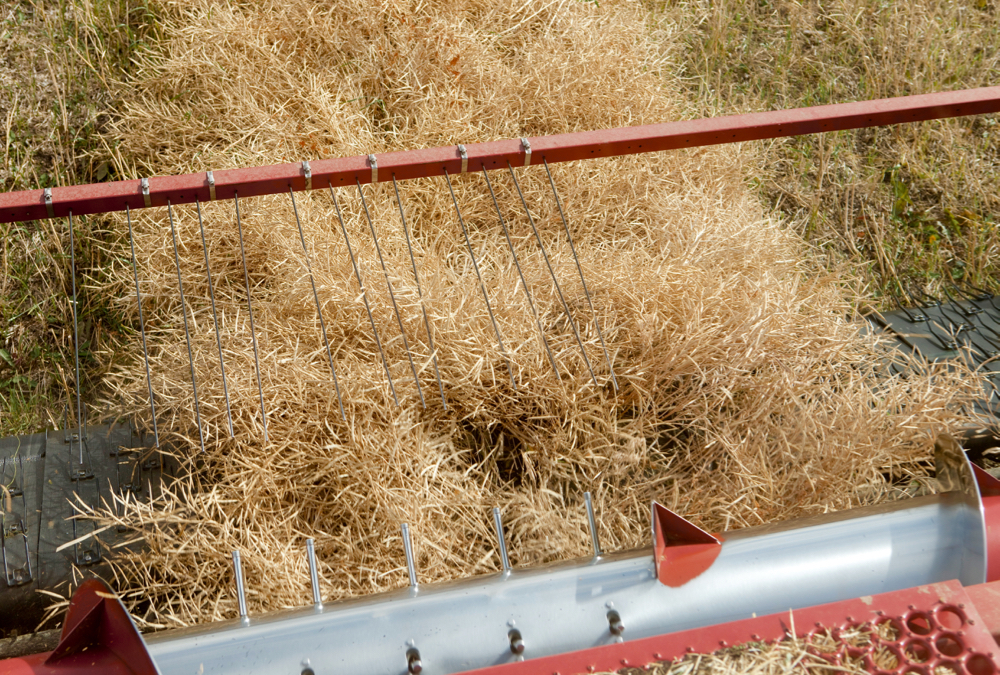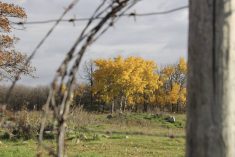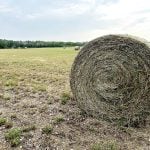MarketsFarm — Despite the Prairies receiving above-normal amounts of precipitation during February, the great majority of the region remained highly vulnerable to more dryness going into spring, according to the Canadian Drought Monitor.
The monitor’s latest report showed those areas of the Prairies tackling extreme drought to have retracted somewhat. As of Feb. 28, that swath still extended from central Saskatchewan to a significant portion of southern Alberta.
About 90 per cent of the growing areas on the Prairies remained in severe to moderate drought, with much of the periphery abnormally dry.
Read Also

Alberta harvest wrapping up: report
Harvest operations advanced to 96 per cent complete in Alberta as of Oct. 7, with only a few late-seeded cereal and canola fields remaining, according to the latest provincial crop report.
There were noticeable improvements in the area surrounding Regina and throughout southern Manitoba, which were now considered to be out of drought.
The monitor attributed these improvements to La Nina conditions for generating the ample precipitation on the Prairies during February, usually the region’s driest month of the winter.
Over the course of February the region was inundated with precipitation that was upward of 200 per cent of normal levels. That, coupled with an already-substantial snow cover prior to last month, aided the changes made to the monitor’s map.
However, southern Alberta was the exception in lacking a snow cover or precipitation for most of February. The area received 40 to 60 per cent of its normal precipitation over the last two months.
Although the Prairie snowpack is deep for the most part, there remained concerns about the dryness going into winter. In many areas, water supplies were severely depleted, raising the necessity of a bountiful spring runoff to help replenish those stocks.
Otherwise the Prairies could be open to more drought, should precipitation in the spring and summer prove to be inadequate.
— Glen Hallick reports for MarketsFarm from Winnipeg.
















